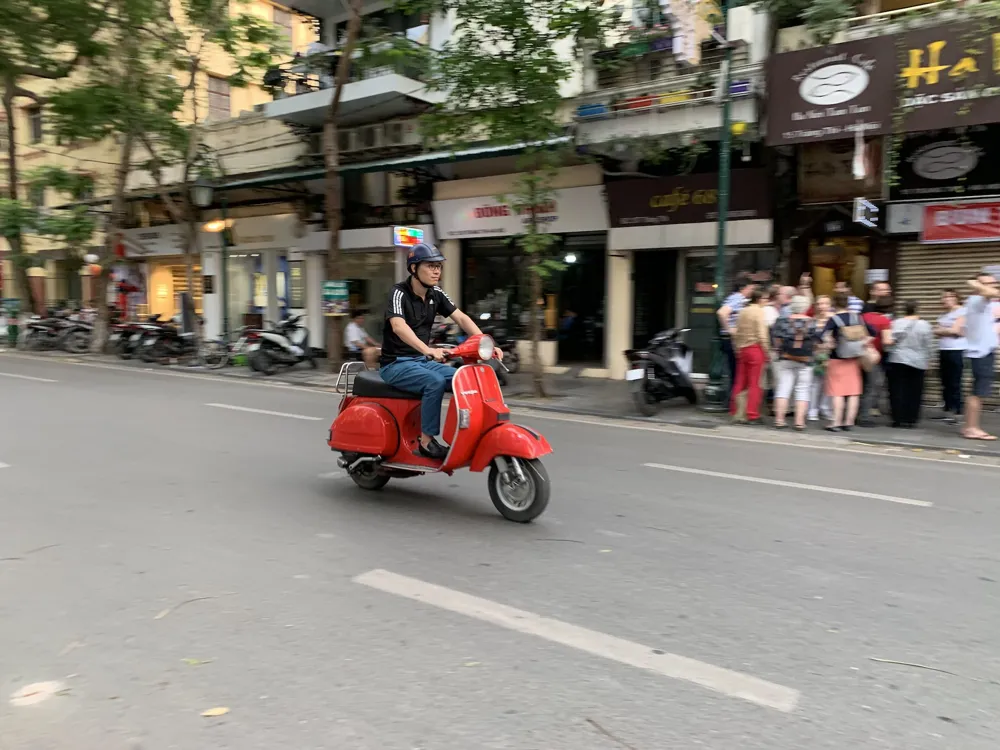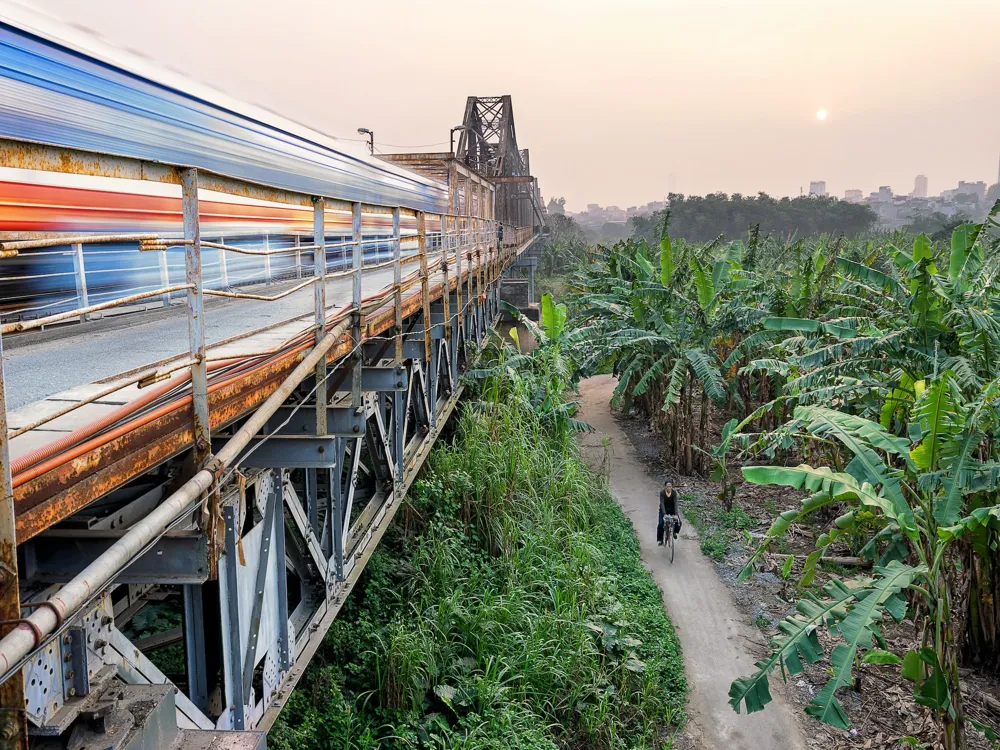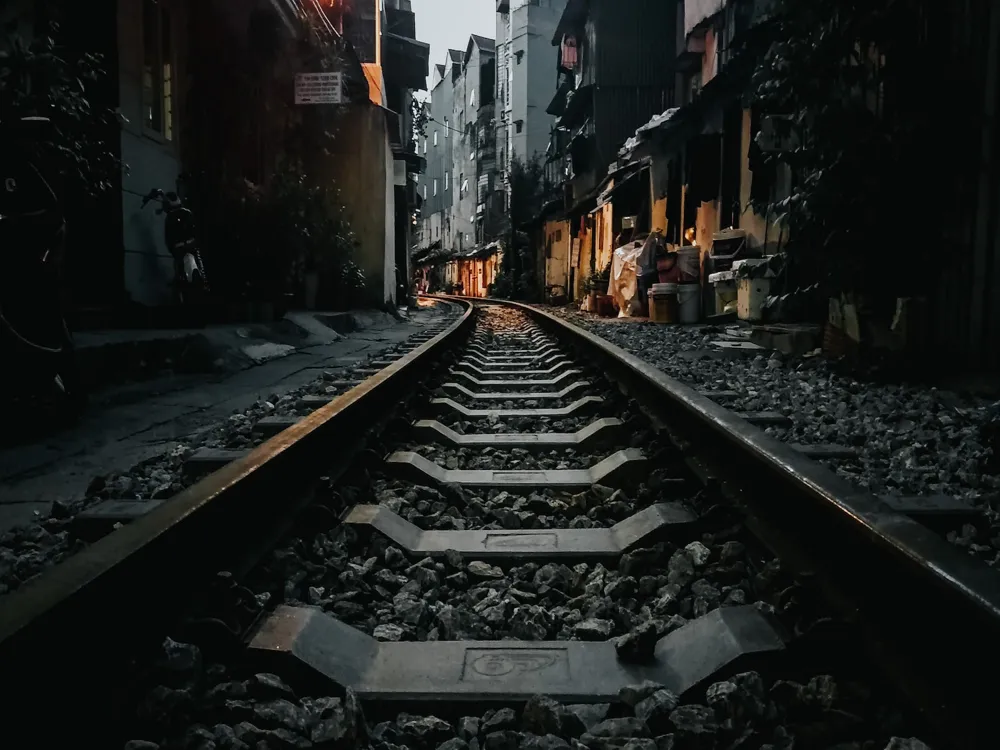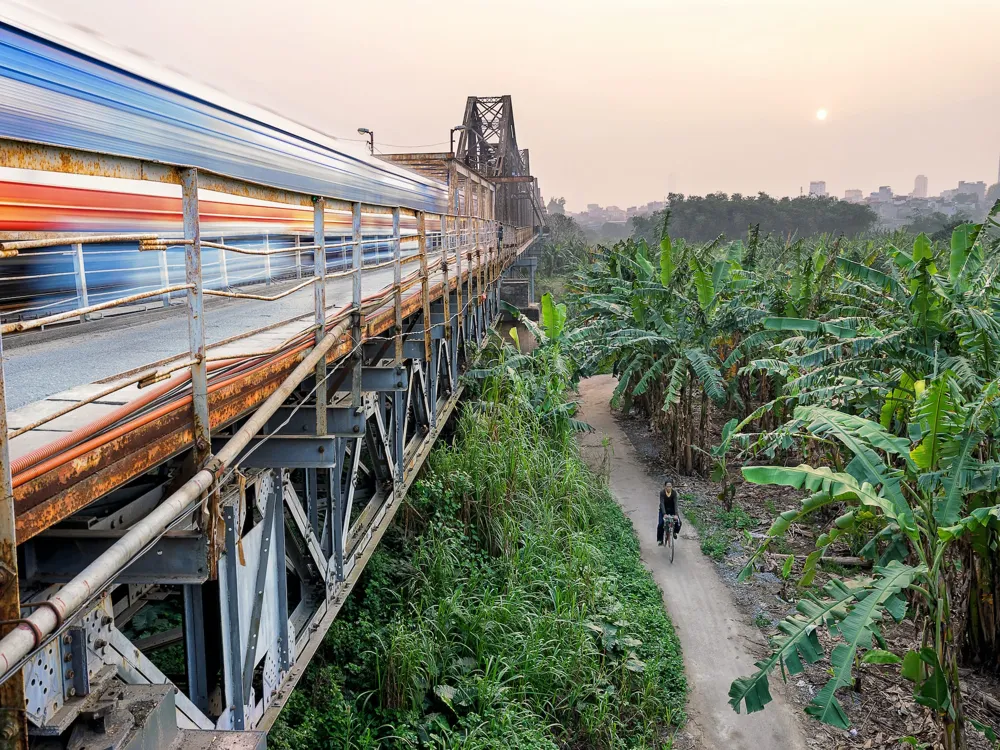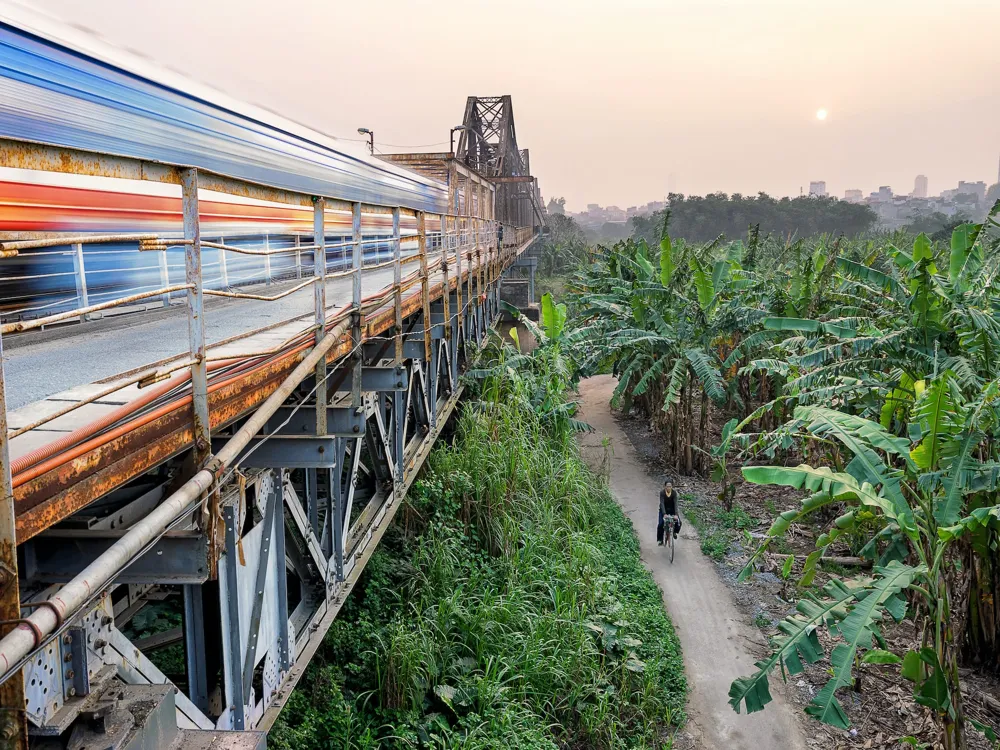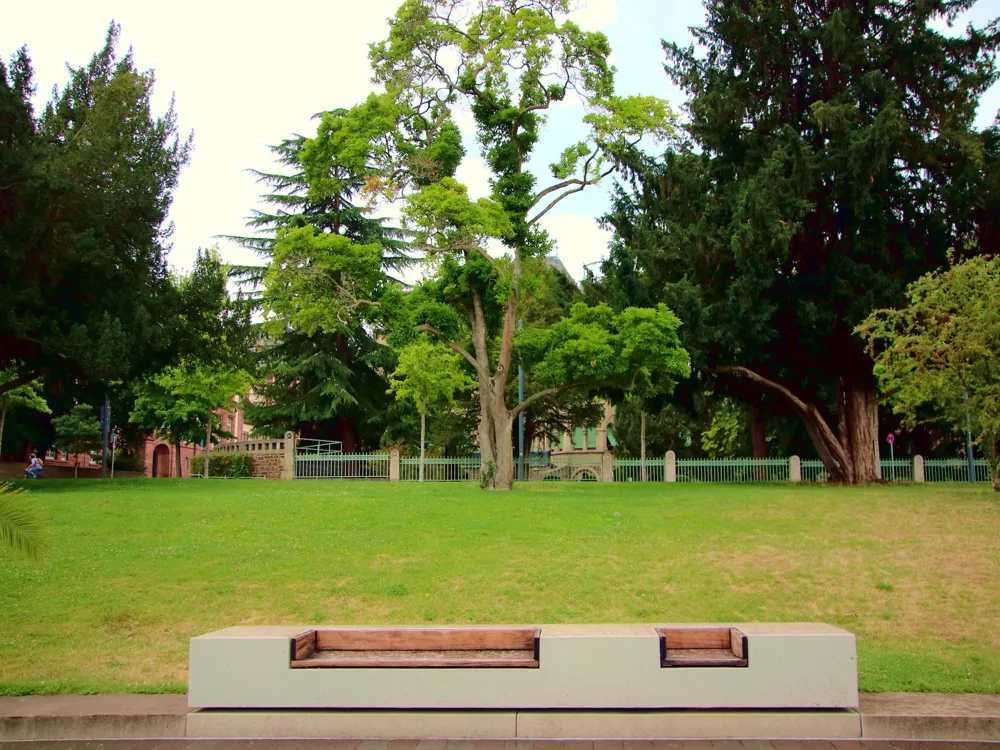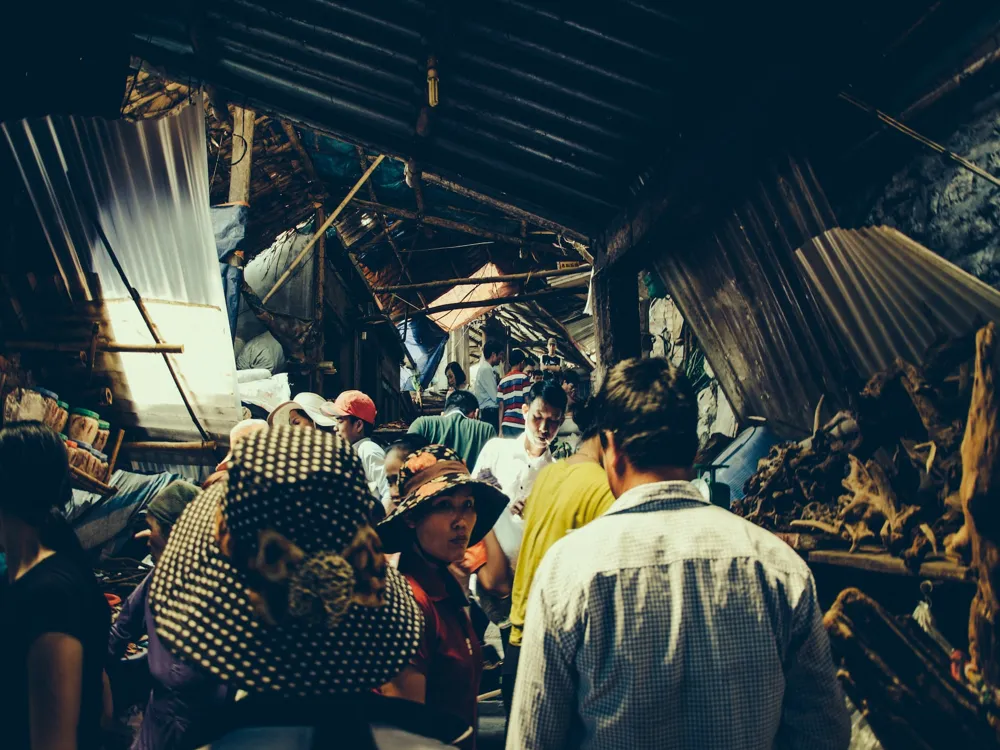Hanoi, the capital city of Vietnam, is a mesmerizing blend of Eastern and Western cultures, largely influenced by Chinese and French colonization. Situated in the northern region of Vietnam, Hanoi is known for its centuries-old architecture and a rich history that dates back to 1010 AD. The city is often regarded as the heart of Vietnamese culture, with its bustling streets, ancient temples, and a unique blend of modernity with traditional Vietnamese elements. One of the key attractions of Hanoi is its Old Quarter, where visitors can witness the vibrant street market culture and the traditional Vietnamese tube houses. The city's historical journey is evident through its well-preserved colonial buildings, ancient pagodas, and unique museums. The Hoan Kiem Lake, located at the center of the city, is a symbol of serenity amidst the busy city life, with the Turtle Tower and Ngoc Son Temple adding to its beauty. Hanoi is also known for its culinary landscape, offering an array of traditional Vietnamese dishes like Pho, Bun Cha, and Banh Mi. The city's food scene is a perfect example of how tradition meets modernity, with street food stalls and high-end restaurants coexisting harmoniously. Furthermore, Hanoi's cultural richness is showcased through its vibrant festivals and performing arts, including the famous Water Puppet Theatre, which reflects the agricultural civilization of Vietnam. As the political center of Vietnam, Hanoi has played a crucial role in the country's history, particularly during the Vietnam War. The city's historical significance is captured through landmarks like the Ho Chi Minh Mausoleum, the Presidential Palace, and the War Museum. These sites offer a deep insight into the nation's struggle for independence and the resilience of its people. Overall, Hanoi is not just a city, but an experience of a rich cultural tapestry, offering a journey through time, from its ancient past to its dynamic present. It's a city that captivates the heart with its historical depth, cultural vibrancy, and the warmth of its people. Hanoi's architecture is a spectacular testament to its historical journey, blending traditional Vietnamese styles with French colonial influences. The city's architectural landscape is characterized by narrow tube houses, French colonial villas, ancient temples, and modern skyscrapers, creating a unique urban tapestry. The traditional tube houses, known as 'Nha Mat Pho,' are a distinctive feature of Hanoi's architecture. These narrow, multi-storied houses reflect the adaptation to space constraints and represent the typical living style in the Old Quarter. The architecture of these houses is a blend of functionality and aesthetics, with intricate wooden balconies and beautifully carved doorways. The French colonial influence is evident in the grand boulevards and elegant villas, which are a stark contrast to the traditional tube houses. The Opera House, the Presidential Palace, and the St. Joseph's Cathedral are prime examples of the French architectural legacy. These buildings are characterized by their ornate facades, large windows, and romantic balconies, reminiscent of Parisian architecture. Apart from the colonial buildings, Hanoi is also home to ancient temples and pagodas, which are the epitome of traditional Vietnamese architecture. The Tran Quoc Pagoda, the oldest in the city, and the Temple of Literature, dedicated to Confucius, are prime examples. These structures are known for their intricate carvings, use of wood, and roofs with multiple tiers, typically adorned with mythical creatures. In recent years, Hanoi has seen a surge in modern architecture, with contemporary buildings and skyscrapers reshaping the city's skyline. The Lotte Center, a 65-story skyscraper, is a notable example, featuring a modern design that still incorporates elements of Vietnamese culture. This blend of the old and the new symbolizes Hanoi's journey towards modernization while retaining its rich heritage. In summary, Hanoi's architecture is a reflection of its historical layers, showcasing a city that has evolved through time while maintaining its cultural essence. From the narrow lanes of the Old Quarter to the grand colonial buildings and the modern skyscrapers, Hanoi's architecture is a narrative of its past, present, and future. The ideal time to visit Hanoi is during the spring (March to April) and autumn (September to November) months. During these periods, the weather is pleasant with moderate temperatures, making it perfect for exploring the city. When in Hanoi, the most convenient way to explore is by using the local taxis or Grab, an app similar to Uber. For a more authentic experience, you can also try the cyclos (three-wheeled bicycle taxis) or rent a motorbike, but be aware of the busy traffic conditions. It’s important to show respect when visiting religious sites. Dress modestly, remove your shoes when entering temples, and avoid loud conversations. Always ask for permission before taking photos of locals or their possessions. Street food in Hanoi is a must-try, but ensure to eat at busy stalls with good turnover. Drink bottled water, and be cautious with fresh fruit juices as the water may not be safe. Always carry a basic first-aid kit for emergencies. When shopping in local markets, bargaining is common. Start by offering half the asking price and negotiate to a middle ground. Be cautious of counterfeit goods and always check the quality before buying. Hanoi is well-connected by air, land, and rail. The Noi Bai International Airport is the main gateway for international travelers, located about 30 kilometers from the city center. There are regular flights from major cities around the world. For regional travel, trains and buses connect Hanoi with other Vietnamese cities. The city's central location makes it an accessible hub for exploring the rest of Vietnam.Overview of Hanoi
Architecture of Hanoi
Tips When Visiting Hanoi
Best Time to Visit
Transportation Tips
Cultural Etiquette
Food and Safety
Shopping Advice
How To Reach Hanoi
Thong Nhat Park
Hanoi
₹ 15,260 onwards
View hanoi Packages
Weather :
Tags : Garden & Park
Time Required : 1 hour
Planning a Trip? Ask Your Question
Hanoi Travel Packages
View All Packages For Hanoi
Top Hotel Collections for Hanoi

Private Pool

Luxury Hotels

5-Star Hotels

Pet Friendly
Top Hotels Near Hanoi
Other Top Ranking Places In Hanoi
View All Places To Visit In hanoi
View hanoi Packages
Weather :
Tags : Garden & Park
Time Required : 1 hour
Planning a Trip? Ask Your Question
Hanoi Travel Packages
View All Packages For Hanoi
Top Hotel Collections for Hanoi

Private Pool

Luxury Hotels

5-Star Hotels

Pet Friendly







